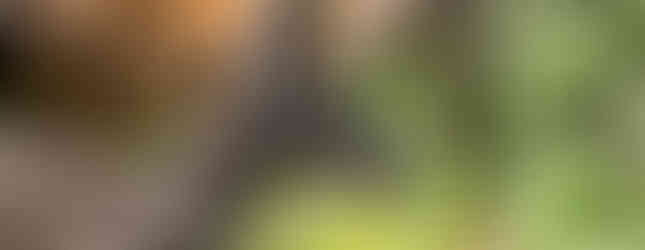Wildlife Photography is Fascinating and Rewarding
- Dale Lauterback

- May 31, 2023
- 2 min read
Updated: Aug 6, 2025

Wildlife photography is a fascinating and rewarding hobby that allows you to capture the beauty and diversity of the natural world. Whether you're a seasoned photographer or just starting out, this guide will help you get the most out of your wildlife photography adventures.
Equipment: The first step in wildlife photography is having the right equipment. A good camera with a high-quality lens is essential. Look for a camera that has a fast autofocus system and a high frame rate, so you can capture sharp images even when your subject is moving quickly. A telephoto lens with a long focal length is also important, as this will allow you to get close to your subject without disturbing them. Consider investing in a tripod or a monopod to help keep your camera steady when shooting in low light or with long exposures.
Patience is Key: Wildlife photography requires patience, as you'll often have to wait for your subject to come into view or to move into a position that makes for a good photo. It's important to be quiet and still so as not to startle your subject, and to stay alert and watchful so you don't miss an opportunity.
Composition: Composition is an important aspect of all photography, but it's especially critical in wildlife photography where your subject may be small and surrounded by a lot of distracting elements. Pay attention to the background and try to choose a composition that keeps it simple and unobtrusive. Look for interesting patterns, textures, or shapes that can help frame your subject and lead the viewer's eye to it. Experiment with different angles and perspectives to find the one that works best for your shot.
Lighting: Good lighting is essential for great wildlife photography. The best light is soft, diffused light that comes from the side or from behind your subject. If you're shooting in bright sunlight, consider using a polarizing filter to reduce reflections and help bring out the colors and details in your subject. If you're shooting in low light, a tripod or a stabilizing device can help keep your camera steady and prevent blurring.
Know Your Subject: It's important to know your subject and understand its behavior, habitat, and habits. This knowledge will help you predict where and when your subject will be active and make it easier to get the shot you want. Research the species you're interested in photographing and study their behaviors and patterns. Get to know the areas where they live and visit at different times of day to see how the light changes and how the wildlife is affected by it.
Post-Processing: Once you've taken your photos, the next step is to process them. This is where you can make your images pop by adjusting the exposure, brightness, contrast, and color balance. You can also remove any distracting elements or blemishes, crop your images to improve the composition, and sharpen the focus.
Wildlife photography is a rewarding and challenging hobby that requires patience, knowledge, and technical skill. With the right equipment, a keen eye for composition, and a deep appreciation for the natural world, you can capture stunning images of the creatures that share our planet.
The photographs contained in this website may not be reproduced without the express consent of Shutter Bison.


























Comments